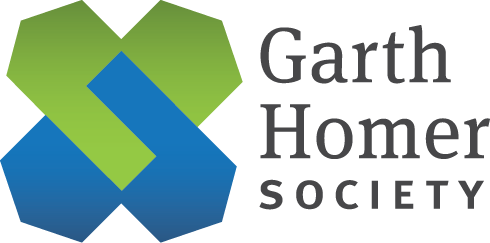
Karen Jensen Profile
It was a rough patch with her teenage son that led Karen Jensen and her family to the Garth Homer Society. “It was very fortuitous that I chose Garth Homer for him 10 years ago,” says Jensen. Her son had been out of her care for a few years she explains, adding there were some significant and heartbreaking behavioural issues, during his formative years, that led to expulsion from high- school. Back in her care as a young adult, Jensen knew she had to act…not just for her son but for the entire family. After comparing programs in the Victoria area, she says it became “blindingly obvious” that Garth Homer was the right place for her son. “That was a good day when we signed on at Garth Homer,” Jensen adds. “With the support of the patient, caring and dedicated Garth Homer staff we were able to have my son progress on a much better pathway,” Jensen adds with an air of relief. “In the 10 years since he’s been a client of the Garth Homer Society, he’s made steady, noticeable progress which is remarked upon by friends and family who don’t see him everyday like his brother and I do.”
It's no surprise that Jensen and her family are regular donors to the Society. Research into philanthropy shows donors are purpose driven individuals who want to be part of something meaningful. They give to organizations they trust because they want to make an impact. It was her son’s stepfather who made the family’s first significant five-figure donation to Garth Homer. “He could see the benefits my son was receiving and by extension the two of us,” explains Jensen. Beyond the benefits their family experiences through having their son in a fulfilling and varied day-program, Jensen says giving back helps the broader community as well. “Garth Homer means a lot to so many people in our community and when our loved ones do well there’s a ripple effect that we all feel”.
Since his passing, Jensen has carried on her husband’s tradition of giving what they can, when they can. For her that entails volunteering time at the Society and being a member of the Garth Homer Foundation board, in addition to the yearly donation she makes. “For me this is a way of giving thanks for everything we have because things can always be worse,” explains Jensen while acknowledging that supporting a child with developmental disabilities can be extremely hard. “By supporting organizations [like the Garth Homer Society] I’m basically saying thank you to the universe.”
Jensen’s also quick to point out the benefits of giving saying she uses the tax receipt to mitigate what’s owed at tax time and parlays any refunds into new donations.
Not one to rest on her laurels in terms of supporting the Garth Homer Society, Jensen says she’s motivated by recognizing how lucky the community is to have the organization as a neighbour. “It is serendipitous that [my family] landed in this city many, many years ago, “she states with gratitude. “If we were living in many other centres in this country, we wouldn’t have access to a program that is so perfect, not just for my son, but for a lot of the clients there.” Asked how she knows Garth Homer Society is making a difference she says it’s simple, “If you go into the building, you see the looks on the faces, people are happy.”
Founded in 1979, the Garth Homer Society provides meaningful community inclusion programs for people with diverse abilities. Its mission is to provide services and opportunities to help people with disabilities over the age of 19 make a life, a home and a place in the world where all belong.
GHS has over 220 clients participating in 11 different community and employment programs within the Greater Victoria area. Four key program and service areas encompass community inclusion, services for people who are aging, employment services and residential services. Programs are as diverse as the community members served and include art and music, life and technology skills development, volunteering and employment programs, plus outdoor and community activities. Every client has an individualized plan, with the goal of providing a lifelong continuum of support to meet changing needs at every stage of life.
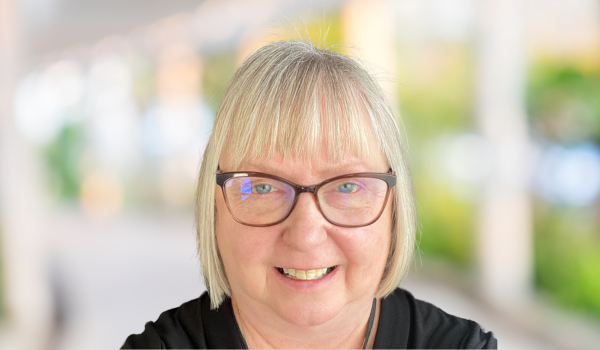




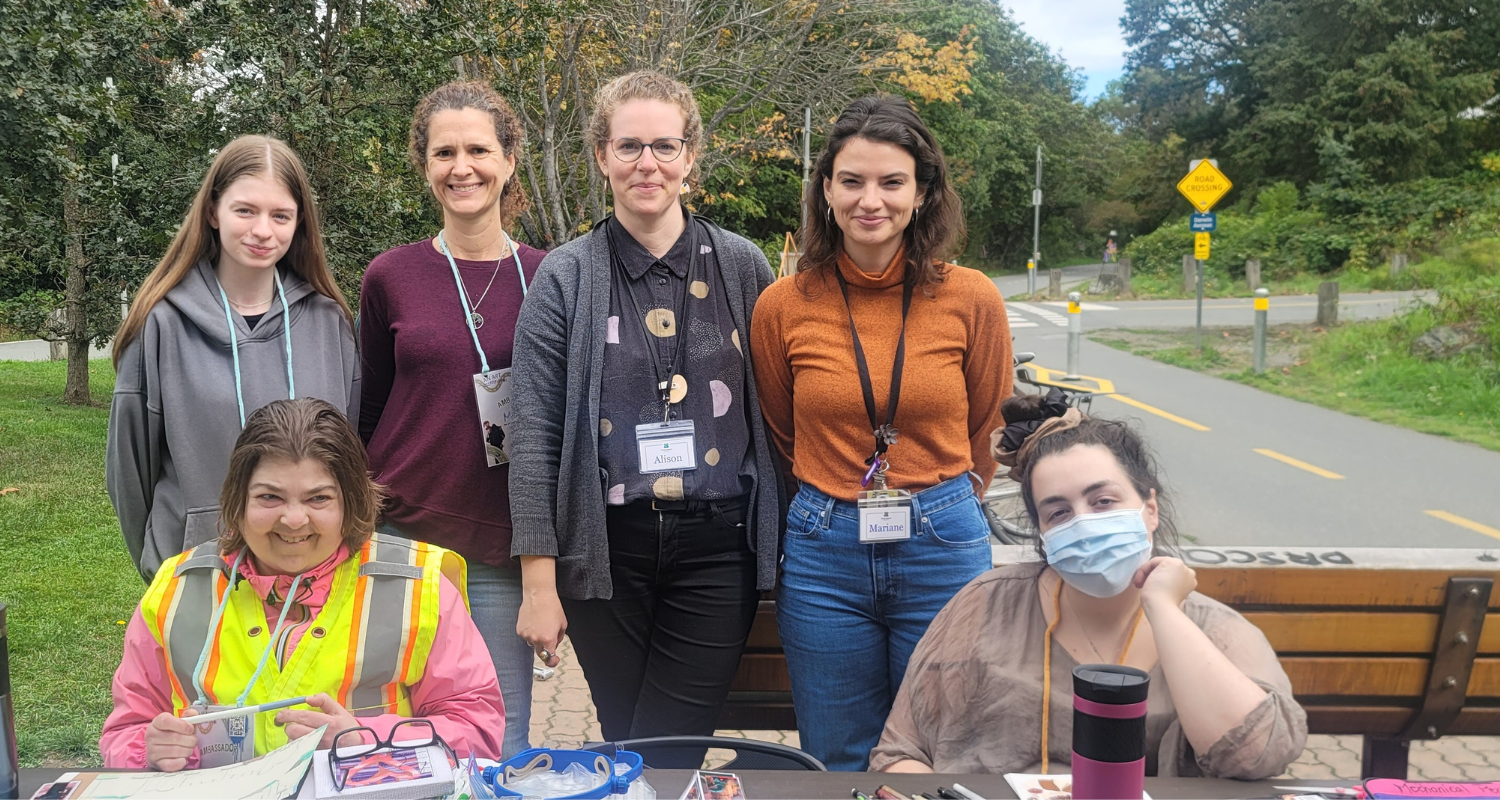
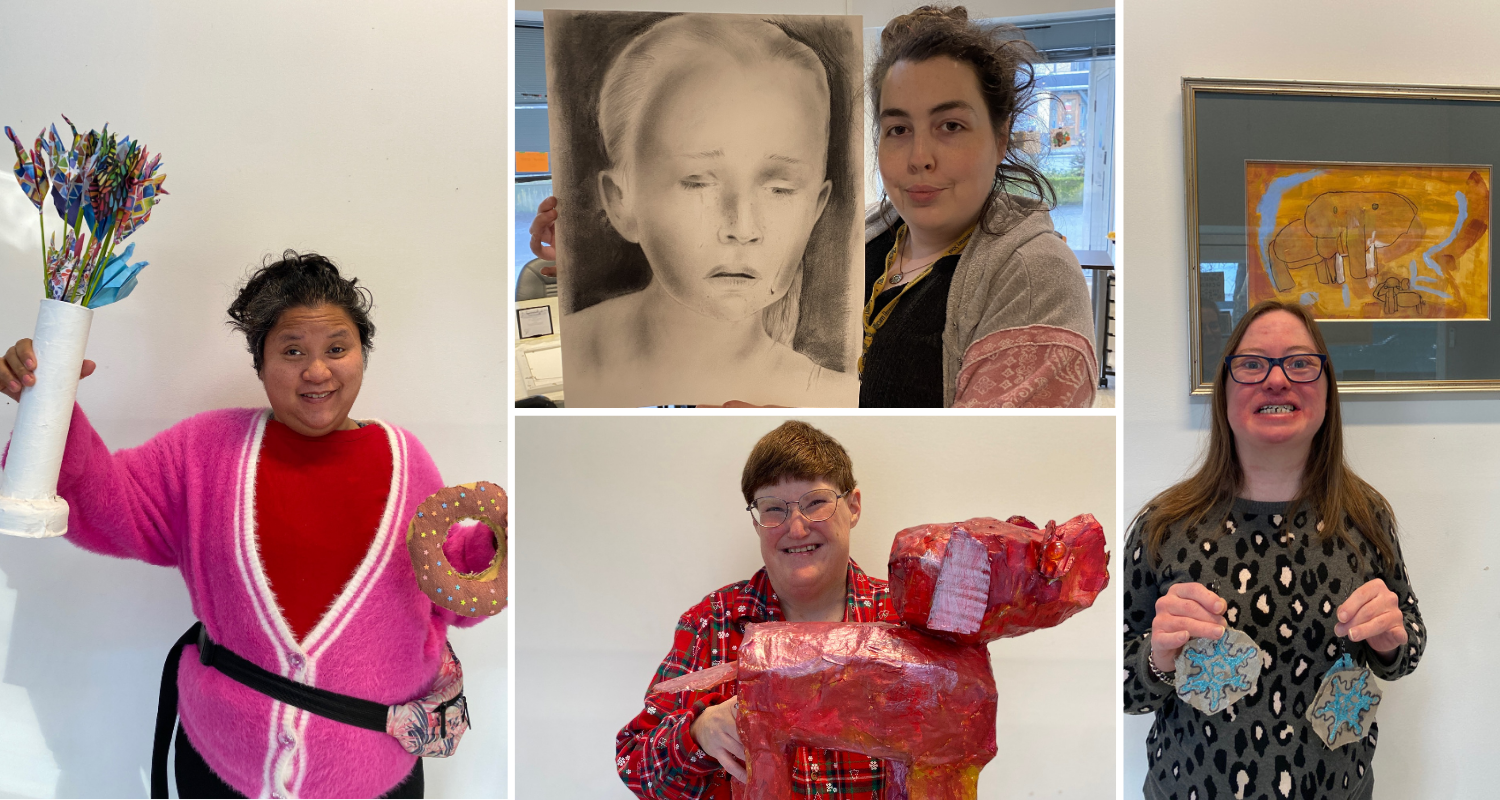
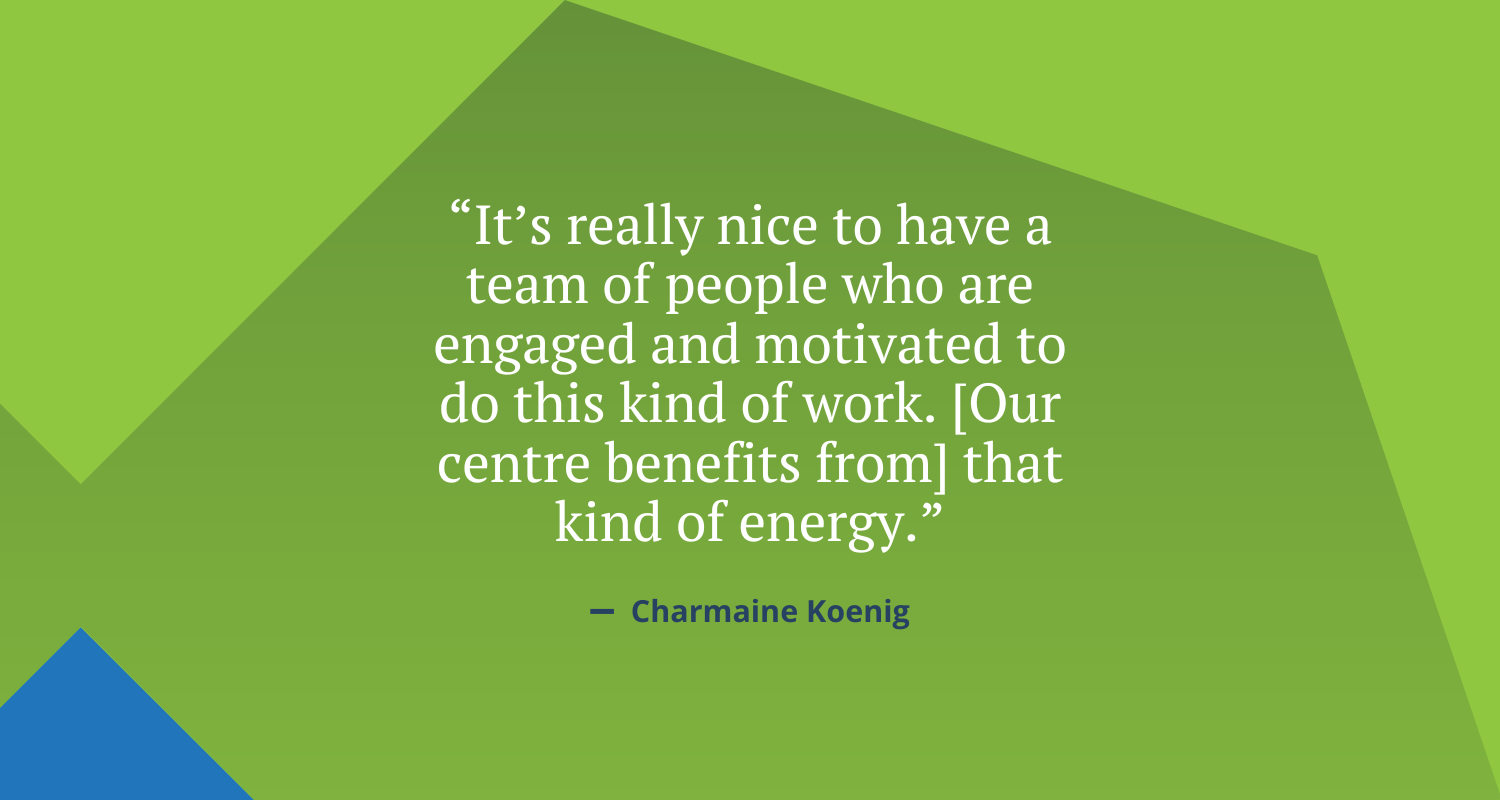
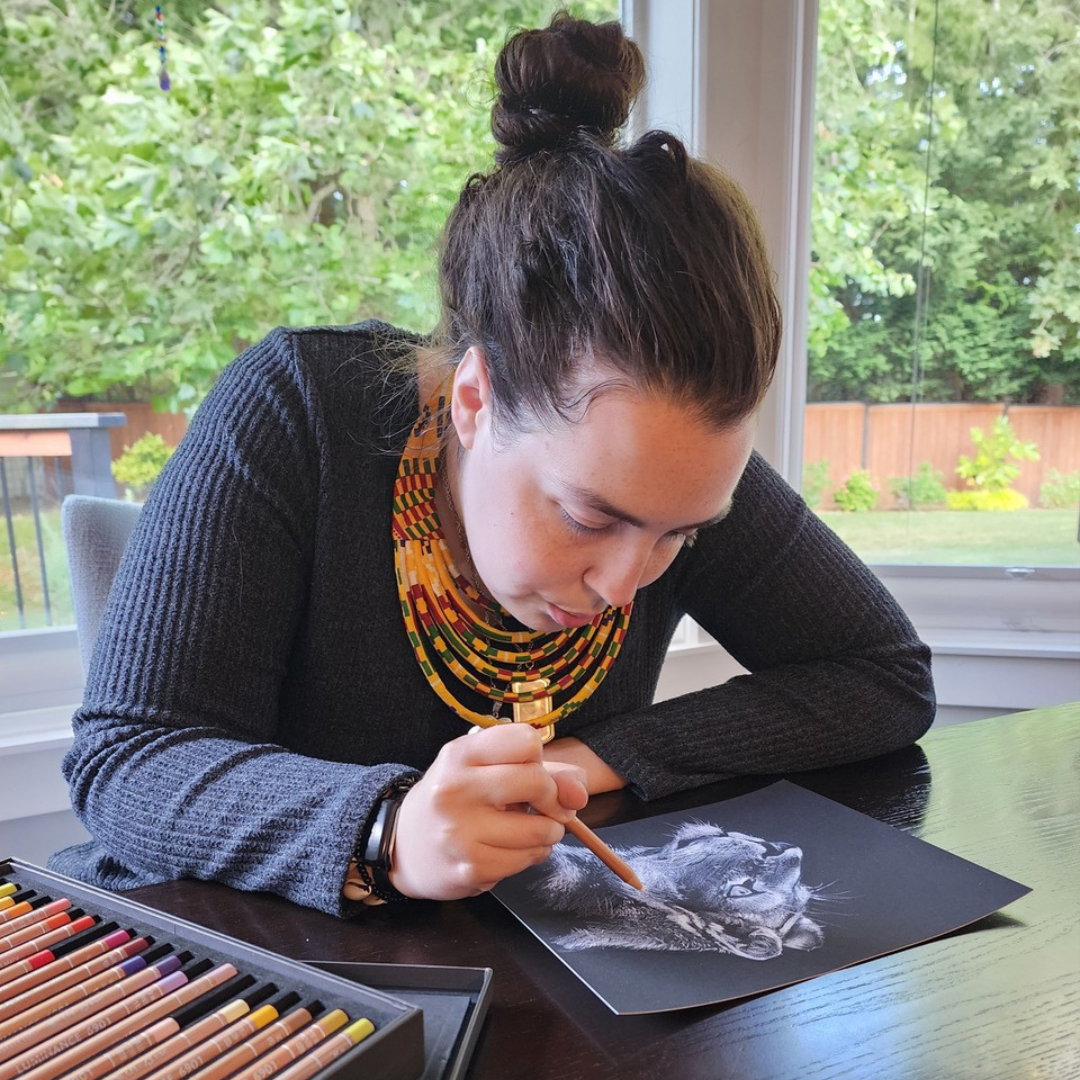

813 Darwin Avenue, Victoria, BC V8X 2X7
ghsinquiries@garthhomersociety.org
(250) 475-2270
More
Stay Connected
Contact Us
813 Darwin Avenue, Victoria, BC V8X 2X7
More
Stay Connected
813 Darwin Avenue, Victoria, BC V8X 2X7
ghsinquiries@garthhomersociety.org
More
Stay Connected
All Rights Reserved | Garth Homer Society | Our Privacy Policy
All Rights Reserved | Garth Homer Society
